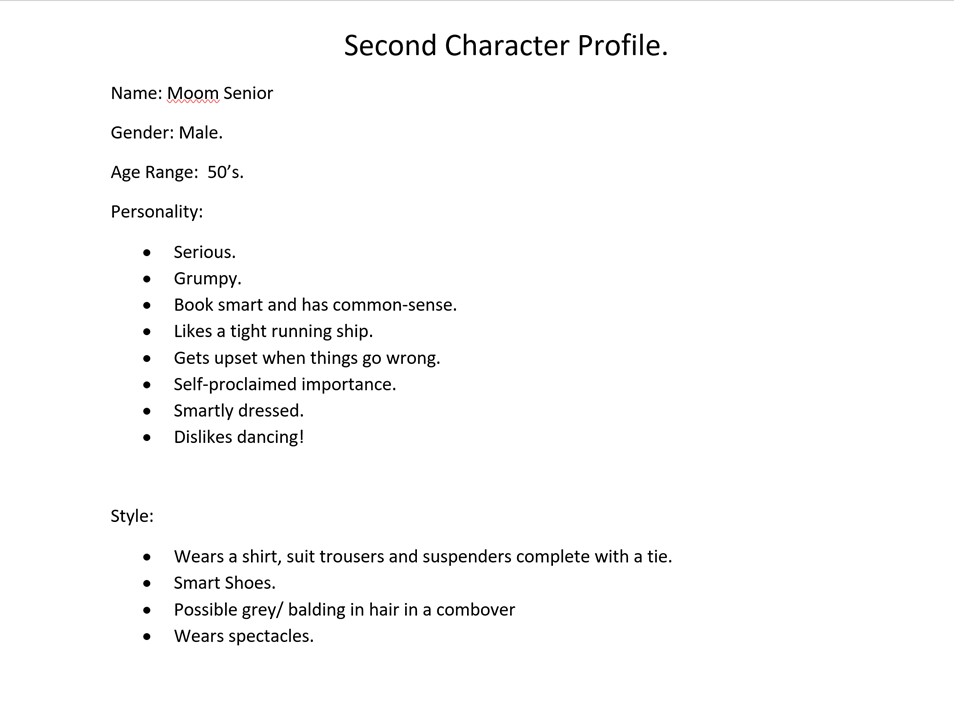Film Lecture Series #5 - Character & Storytelling + Film Review.

Characters are a mix of complex qualities that can be hidden or personified to viewers by other means such as through personal nature or through a representation of a concept or quality. Actors are usually the ones to ‘find’ characters and build that characters internal/external dynamics to audiences so they can understand their personality/nature. So within stories characters are either designed to respond to events within the cinematic (e.g. Speed 1994) or are designed so that the characters cause the events that play out in the film (e.g. 12 Angry Men 1957). Meaning in some cases the audience really get to know the character, but in others they are just there to get the story across so don’t learn much about the character. Too much Plot? Some times in film you find stories to have ‘too much plot’ which can lead to having no character. For example, in Rambo: First Blood (1982) there are internal and external factors that drive the character John Rambo, creating a character with...




